Scented lipsticks to pout about
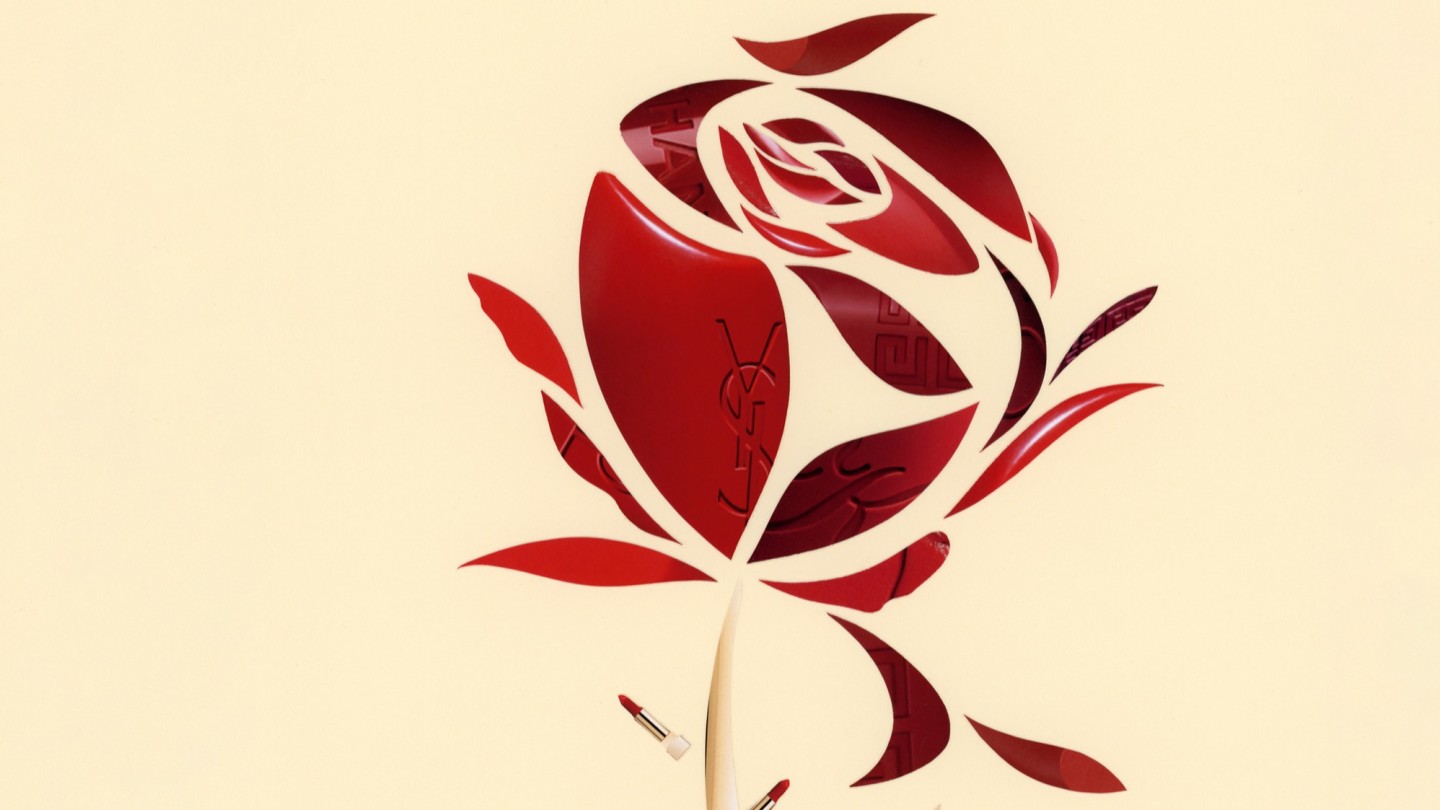
Roula Khalaf, Editor of the FT, selects her favourite stories in this weekly newsletter.
I don’t remember the colour of my first lipstick, but I recall its scent. I was passing through the local department store in Chicago, aged 15, when an array of shiny, black tubes at the Chanel counter drew my attention. They promised the glamour and sophistication that I desperately craved. I was making swatches of the different tones of pinks and reds on the back of my hand when, suddenly, I became aware of the fragrance of roses.
The wave that swept over me was so intense that my eyes welled with tears. The scent reminded me of my great-grandmother, Asya, who adored rose essence; its sweetness enveloped her and always left a rich sillage in her wake. Even her lipstick smelled of roses. When Asya wasn’t around, I furtively sniffed her rouge compact, its fragrance evoking her soft cheeks and melodious laughter.
The make-up worn by the women in my family, the lotions they swept onto their skin and the shampoo they lathered into their hair always intrigued me – but nothing more so than lipstick, with its captivating aroma. All those years later at the beauty counter, I was reminded so vividly of my late great-grandmother and her lipstick that I felt her presence. Still reeling, I handed over my entire allowance and left the store without a penny to my name, but with a beautiful, powerful accessory. I don’t believe I ever wore it. But just as I had in my childhood, I smelled that lipstick to daydream of glamour.
Nostalgia – that word combining two Greek roots, nostos and algos, or “homecoming” and “pain” – came into existence in the 17th century to describe the depressed state of Swiss mercenaries fighting in foreign lands. Today we understand it as a longing for a time that seemed happier and brighter than the present moment -– and the beauty industry is acutely attuned to its power and potential.
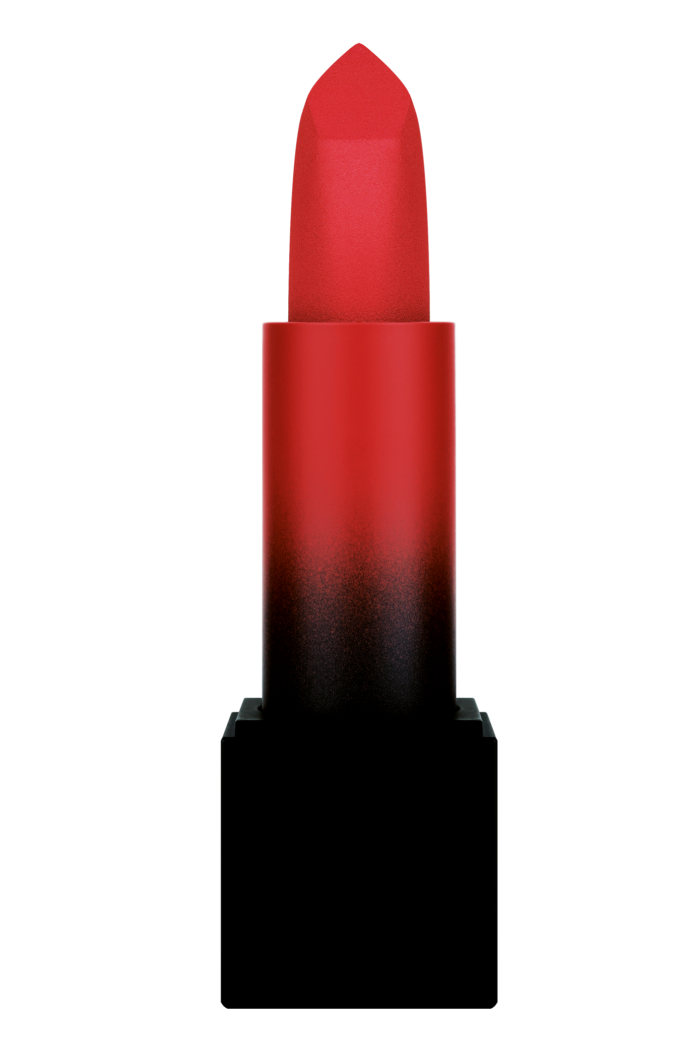
Huda Beauty The Roses Power Bullet Matte in Interview, £22, from selfridges.com
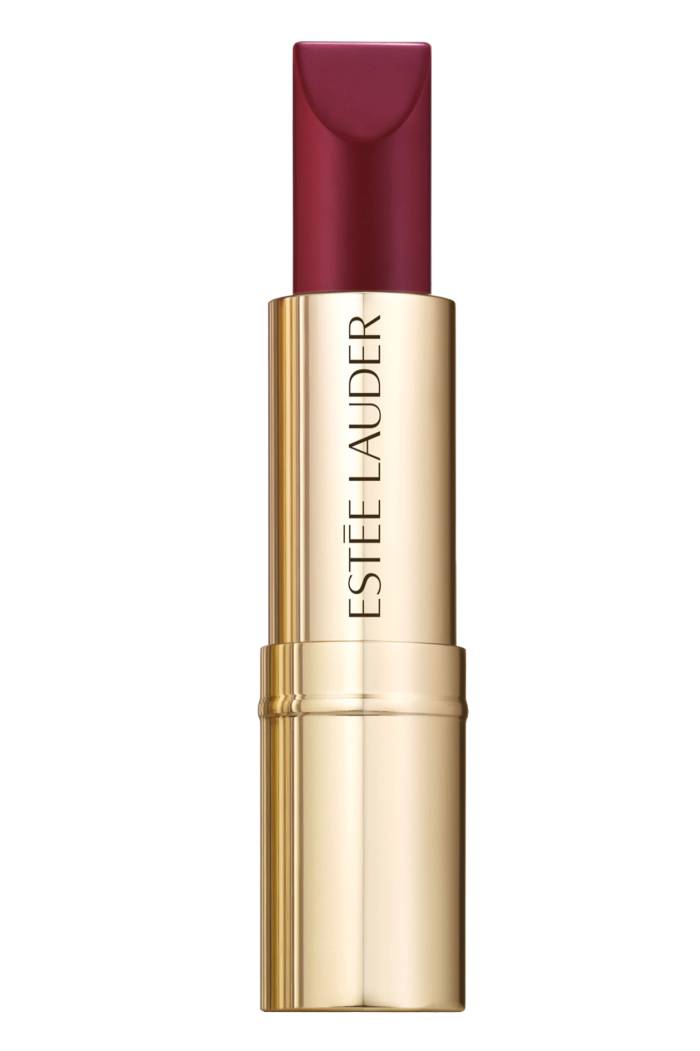
Estée Lauder Pure Color Love in Love Object, $22.50
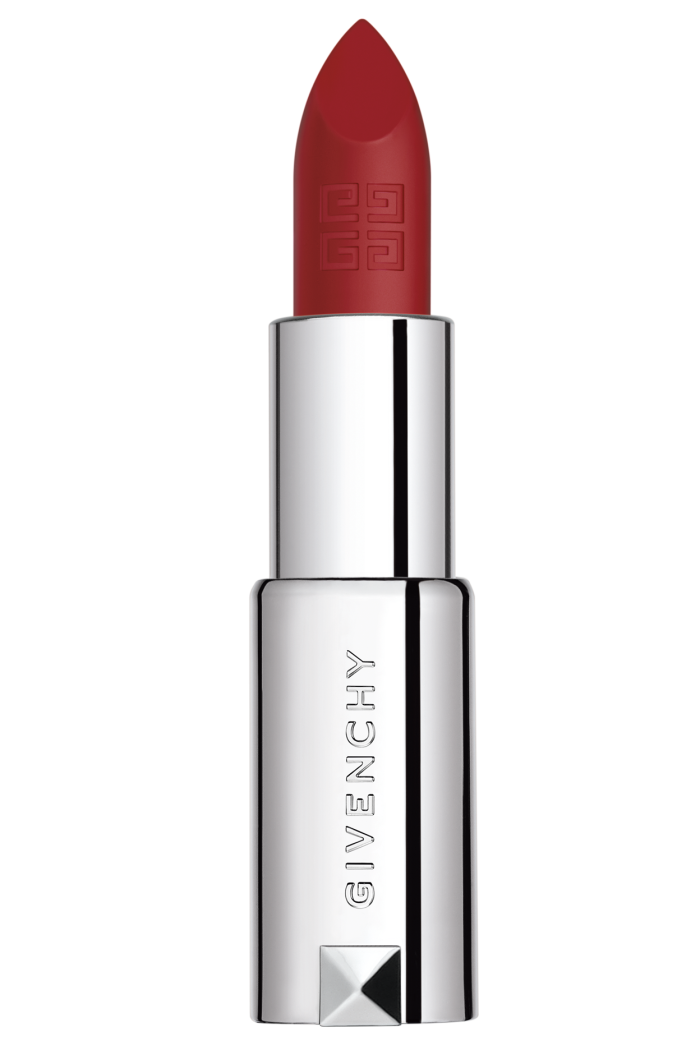
Givenchy Le Rouge Deep Velvet, £29, from harrods.com
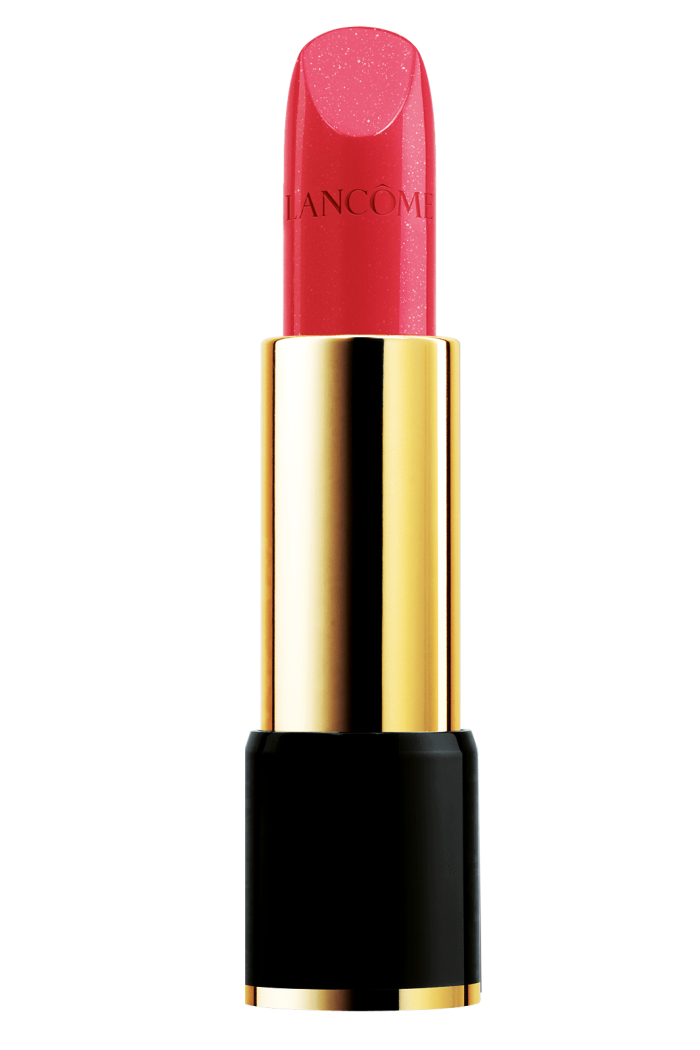
Lancôme L’Absolu Rouge Cream in Effortless Chic, £27, from selfridges.com
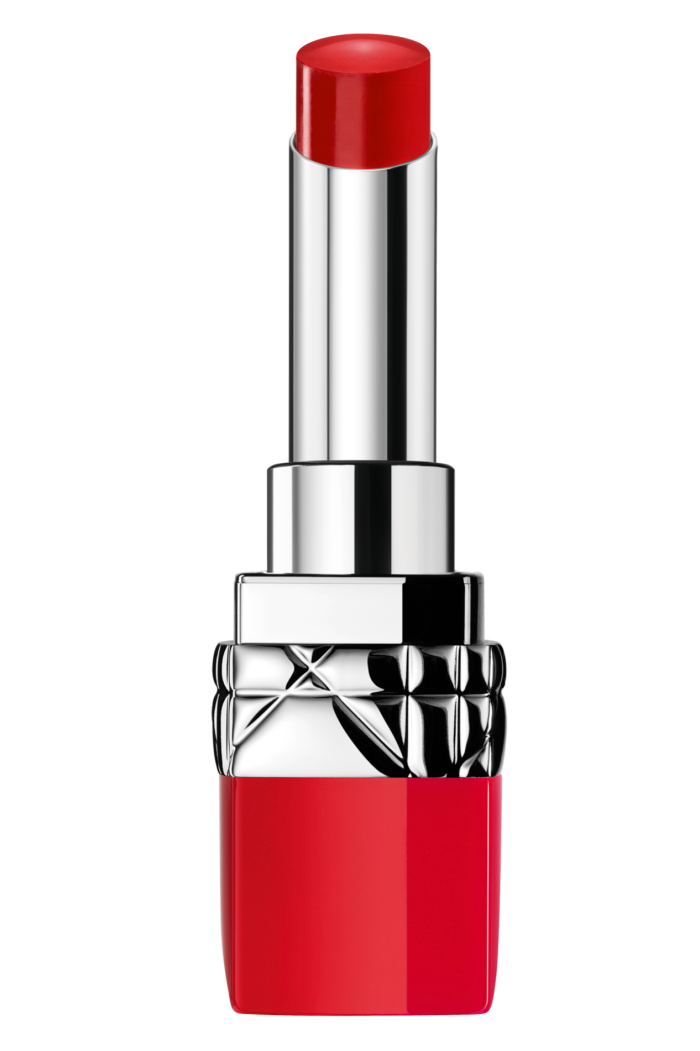
Dior Rouge Dior Ultra Rouge, £30
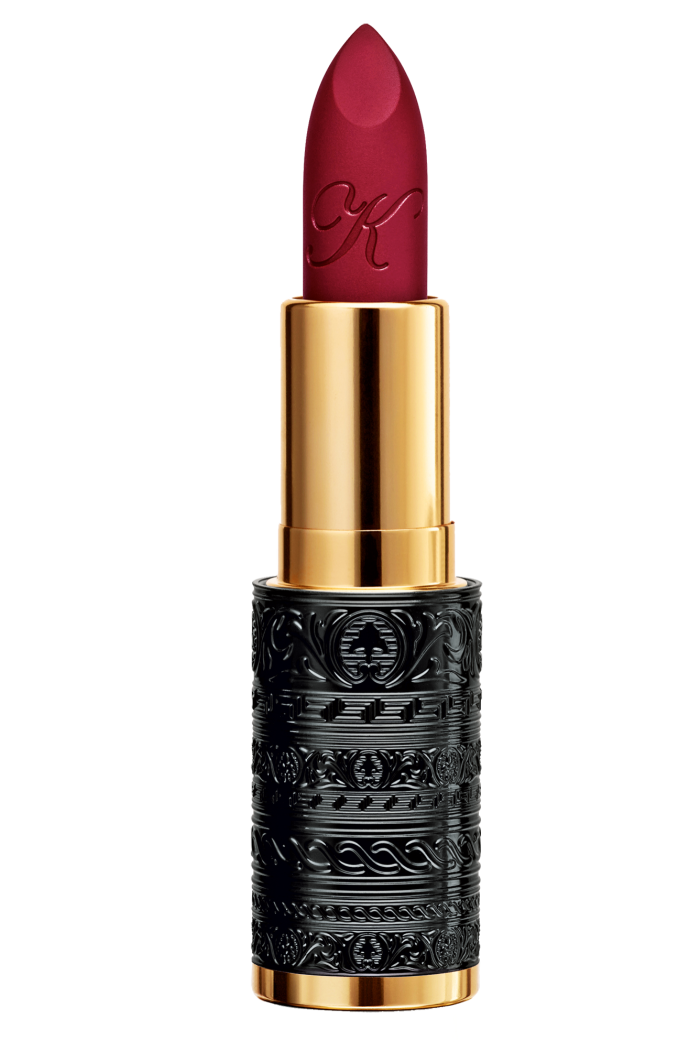
Kilian Le Rouge Parfum in Devil Rouge, $55
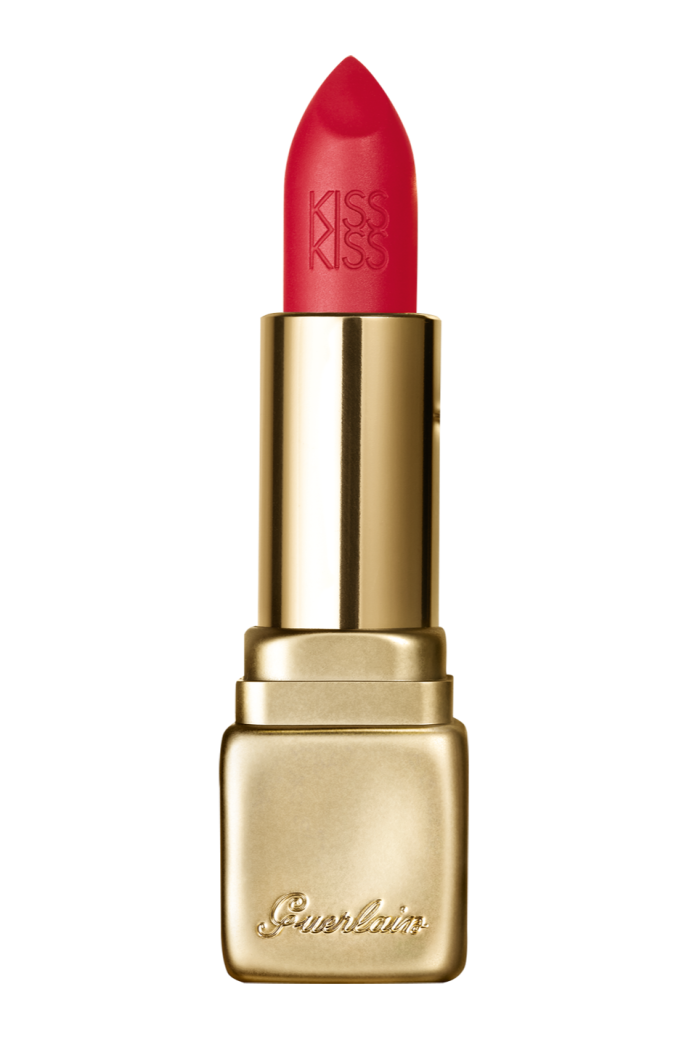
Guerlain Hydrating Matte Lip Colour in Fire Red, £29.50
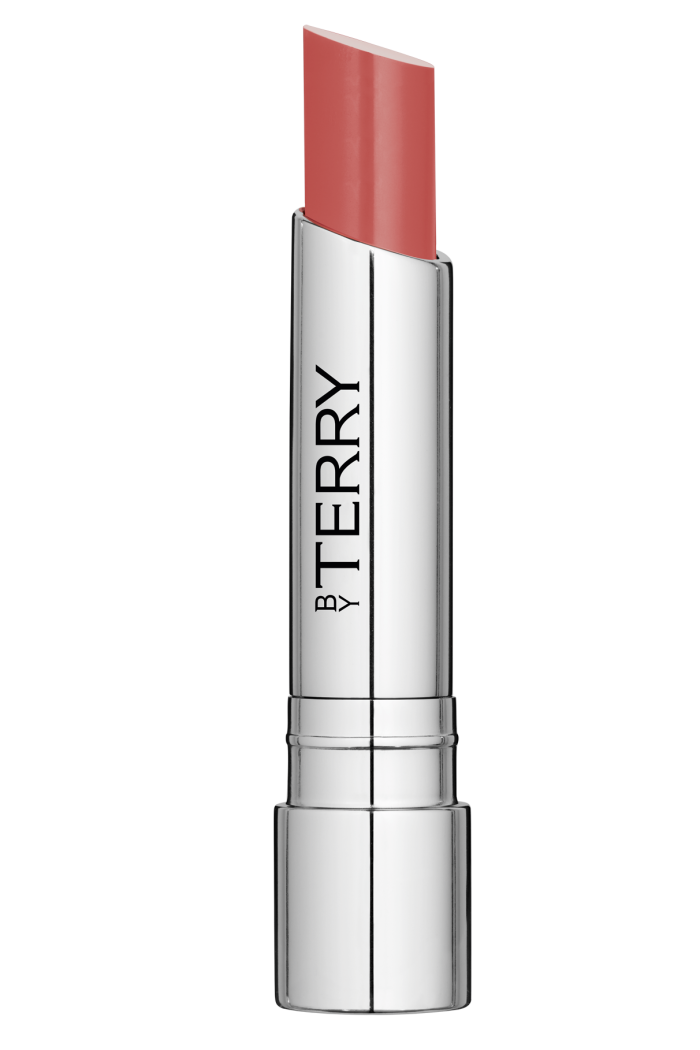
By Terry Hyaluronic Sheer Rouge, £29
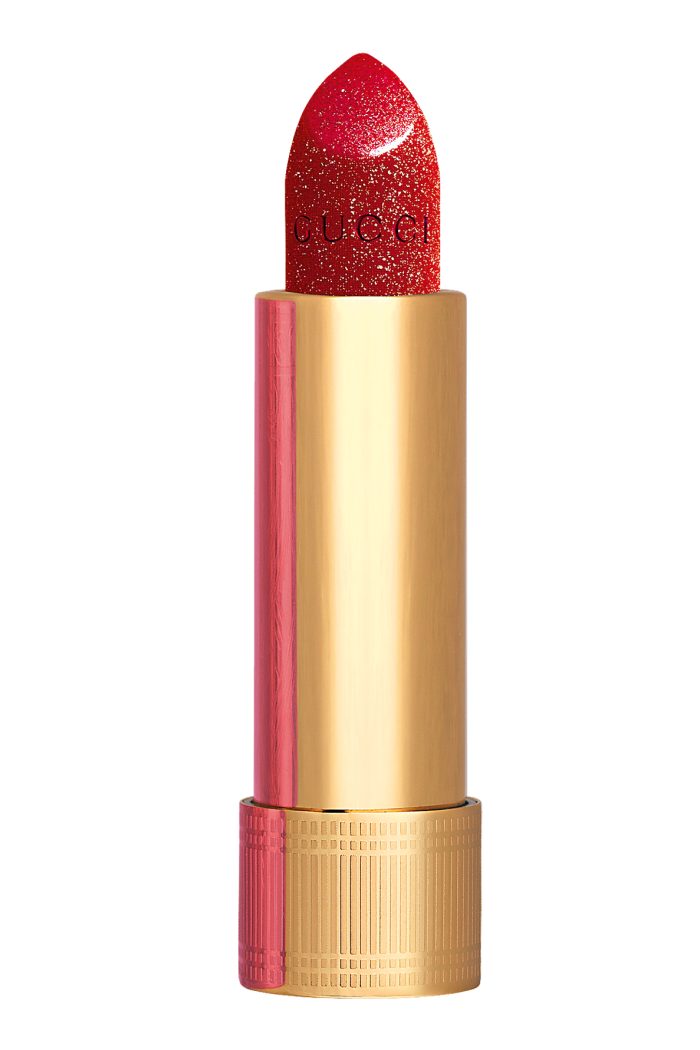
Gucci Lunaison in Goldie Red, £38, from harrods.com
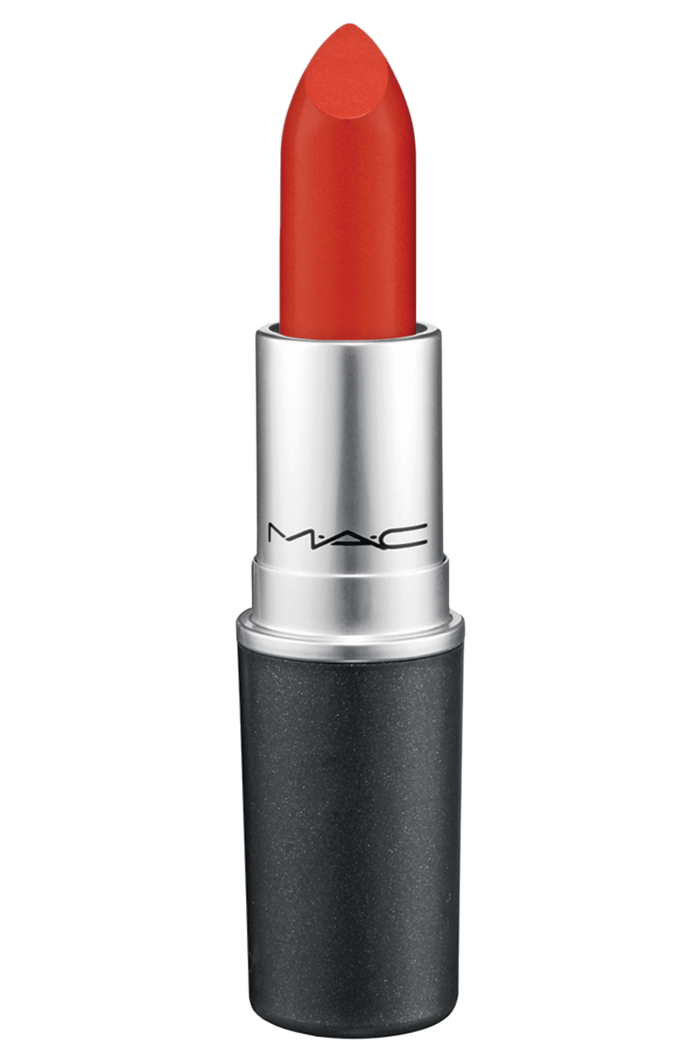
MAC Retro Matte Ruby Woo, £17.50
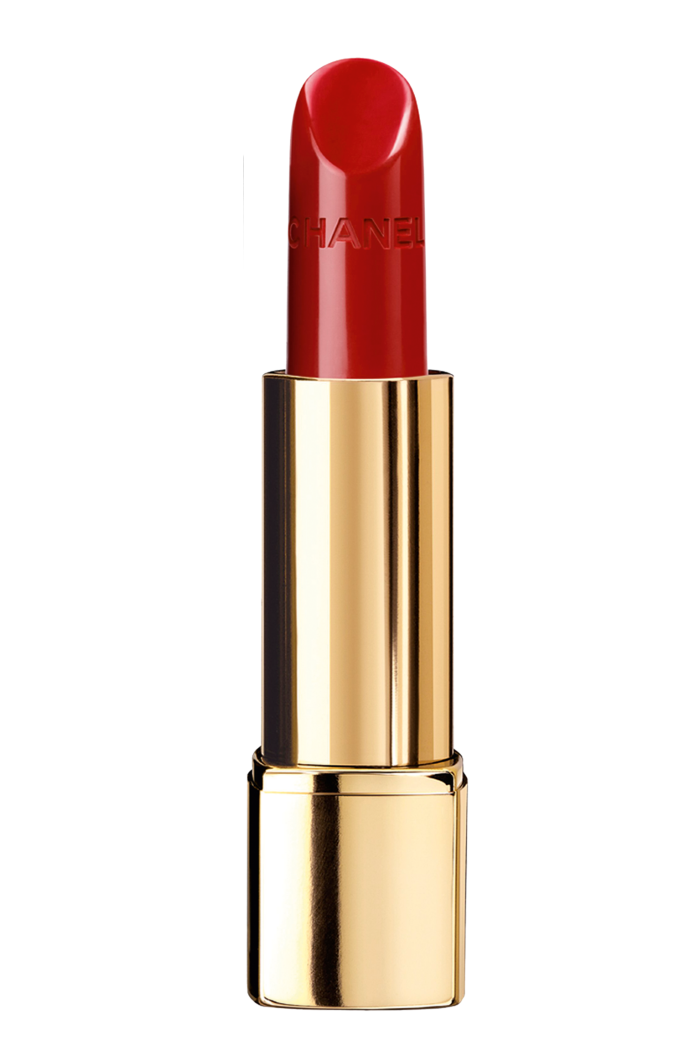
Chanel Rouge Allure Luminous Intense Passion, £31
In perfumery, the notion of scents evoking days gone by is actually more commonplace than the idea of fragrance as a tool of seduction. Since olfactory stimuli are processed in the amygdala, the region of the brain responsible for both memory and emotional responses, smells can generate powerful flashbacks and transport us to another time and place. And yet, the biggest triggers of nostalgia for many people are not expensive fragrances, but rather the ubiquitous items they encounter in their daily life – so the smell of cosmetics or haircare products can trigger an unexpectedly poignant effect.
Shyamala Maisondieu, who works for Givaudan, the Swiss manufacturer of flavours and fragrances, composes perfumes for brands such as Tom Ford, Lanvin and Sisley. Part of her quest is to understand the way our day-to-day experiences influence our olfactory preferences. She confirms that my fascination with the scent of lipstick is not merely a personal quirk. Since lipstick is dosed very lightly with fragrance, she explains, only an intimate encounter like a mother’s kiss or a lover’s embrace allows one to notice it. “For this reason, the smell of lipstick is linked to our nostalgic childhood recollections, and later to sensuality, and these emotions are important in forming our [product] preferences and choices.”
But while a beautiful aroma is the sole raison d’être for a perfume, in the realm of cosmetics and personal care it has an even more complex role. The industry spends millions of pounds on research and development of novel combinations and materials. “Scenting lipstick is a big challenge,” says Kari Arienti Hackbarth, a perfumer who has worked for over 30 years designing fragrances for a wide variety of cosmetic products, from shampoos to body creams. “Lipstick is a combination of materials with their own pronounced smell, like fat, waxes and emollients. It’s essential to compose an aroma to harmonise with such a base, but since lip-colour ingredients have to be food-grade, the palette of available materials is limited.” Rose essence, violet (in the form of substances called ionones) and powdery notes like heliotropin remain popular choices, giving lipsticks their characteristic aroma.
Brands such as Givenchy, Chanel and Dior engage professional “noses” for their lipsticks and creams, and put as much care into crafting those aromas as they do into creating the perfumes for their fine fragrance lines. The smell can influence not only the first impression of a product, and its desirability, but also its perceived effectiveness: moisturising shampoos like Kérastase Nutritive Bain Satin 2 Complete Nutrition Shampoo rely on creamy floral notes that evoke softness and nourishment, while L’Occitane Citrus Verbena Fresh Shampoo smells like crushed green leaves and lemon peel.
Lipsticks are often inflected with floral notes because not only do they marry well with the smell of the waxy base, they also have classical appeal and a glamorous image. The choice, however, is cultural. Rose, for instance, is a popular choice for European and American beauty brands, given its romantic associations in western culture. Lancôme’s L’Absolu Rouge is a lush, sweet rose, as are Yves Saint Laurent’s Rouge Pour Couture and Dior’s Rouge Ultra. Chanel’s Rouge Coco Ultra Hydrating Lip Colour line has a creamy rose aroma, with a nostalgic hint of violet, while its Rouge Allure Luminous Intense Lip Colour has a subtle rosebud smell with a fruity twist. The scents are delicate, but they play up the story of sophistication and elegance, creating a link between the first lip colour launched by Coco Chanel in 1924 and the contemporary versions developed by the house’s labs. By contrast, in the Middle East, the smell of a rose has a spiritual association; its beautiful scent is the symbol of the divine and the mystical, so Huda Beauty, one of the bestselling brands in Dubai, chooses a vanilla cupcake aroma for its lipsticks instead.
The scents of these lipsticks are evolving as tastes change. L’Oréal and MAC also perfume their lip collections with vanilla, the ever-popular gourmand accord; Yves Saint Laurent’s Gloss Volupté has a luscious peach and berry aroma; while Givenchy’s Le Rouge line, introduced in September, opts for a sheer aroma reminiscent of mimosa that complements the creamy yet weightless feel of the new formula. Fragrance creator Kilian Hennessy selected an orange marshmallow twist for his lipstick collection, a nod to one of his bestselling fragrances, Love Don’t Be Shy. “The scent of lipstick is evocative because this make-up item is still considered one of the most essential elegant accoutrements. Hence, its smell is quintessentially feminine,” observes Ralf Schwieger, the perfumer behind Frédéric Malle’s cult-favourite fragrance, Lipstick Rose, introduced in 2000. “My mother regularly put on lipstick before leaving the house, especially the intense pink variety,” he says. “The scent of her lipstick was part of her aura and it will stay that way for me.” Lipstick Rose – “Pink Lipstick” – is built around rose and violet. While the composition is a modern vignette of amber, vetiver and white musk, the presence of a classical lipstick accord lends this sensual blend a tender, nostalgic character.
Fashion designer Shalini Kumar took the idea of lipstick and intimate reminiscences further when, in 2018, she collaborated with the perfumer Maurice Roucel on Amorem Rose, a composition of roses and saffron woven through ambered woods. The sumptuous and baroque perfume has a deliberate nostalgic element. “As a child, I remember my mom leaning in to kiss me on my cheek, smelling of the crushed rose petals in her Chanel lipstick,” says Kumar. She chose a rose signature reminiscent of lipstick for her creation, lending Amorem Rose a deep emotional layer.
Product launches inspired by familiar scents are also being driven by customer requests. Numerous pleas from its fans prompted Nivea to formulate an eau de toilette reprising the fresh floral notes of its famous cream. Ouai, the American haircare brand founded by celebrity hairstylist Jen Atkin, responded to its clients’ yearnings by conceiving a collection of eaux de parfum tied to its regular line: Melrose Place is based on the smell of Rose Hair & Body Oil, while North Bondi is redolent of the same magnolia and white musk blend as the bestselling Wave Spray. On the other side of the ocean, perfumes suggesting Ambre Solaire Sun Oil, from Fragonard’s Belle de Soleil to Parfums de Nicolaï’s Musc Monoï, continue to please. “People find comfort and familiarity in smells that are associated with the pleasant moments of their day,” notes Arienti Hackbarth, explaining why someone might want a perfume reminiscent of a shampoo or body lotion. Of course, the demand for scent-free cosmetics and haircare isn’t going away, but equally important is the quest for perfectly perfumed products. For many, scented lipsticks and shampoos (and fragrances derived from them) are a stimulating way to incorporate aromas into their routine: these subtle smells can provide a delicate hint of scent for those who tend to – or have to – eschew perfumes.
And then there’s the millennial factor, observes Arienti Hackbarth. Since this generation is growing up in a less secure atmosphere, the time-tested, iconic references resonate with them, she says. “Heritage matters more when the fashion becomes less fast-paced and disposable. Also, nostalgia for the scents they encountered in their childhood plays an important role.” This finds echoes in the fine fragrances with that rose-violet lipstick accord, the white floral notes of Nivea cream or the frangipani twist of sunscreen.
While economists remain sceptical about the so-called “lipstick effect” – the idea that sales of small luxury goods increase during a downturn – their allure can’t be denied, and lipsticks, in particular, are seeing exciting developments as beauty brands add new variations and update their existing collections. According to a market research report by P&S Intelligence, the global lipstick market is expected to grow to $13.4bn by 2024. The new Harrods Beauty Hall alone has several thousand lipsticks.
Chanel’s lipsticks, my first amour, have now acquired a subtler scent, with the iconic rose losing its dusting of powder and becoming transparent and bright. Nonetheless, the brand is not immune to the siren call of its vintage lipstick. In 2015, its in-house perfumer Oliver Polge created Misia for the Les Exclusifs fragrance collection. Inspired by Coco Chanel’s close friend Misia Sert (whose salon in Paris attracted luminaries like Proust, Monet and Debussy), the perfume evokes old-world elegance with its combination of iris powder and a rose-lipstick accord. It’s a perfect retro fantasy but with a twist. Misia may inspire you to paint your lips crimson red and experience a dose of Ballets Russes glamour, but its character is bold and spirited. As Maisondieu says: “Besides evoking nostalgic feelings, the fragrance of lip rouge is linked to confidence, empowerment and a desire to attract.”
The scent of lipstick may be discreet, but as I myself experienced as a teenager at the make-up counter, its effect can be galvanising and it can linger… like the memory of a first kiss.
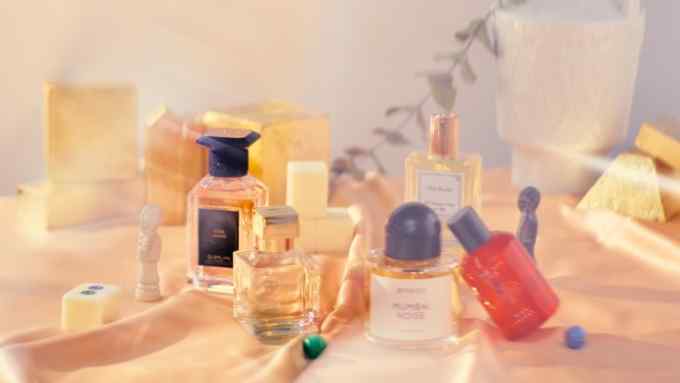
Comments